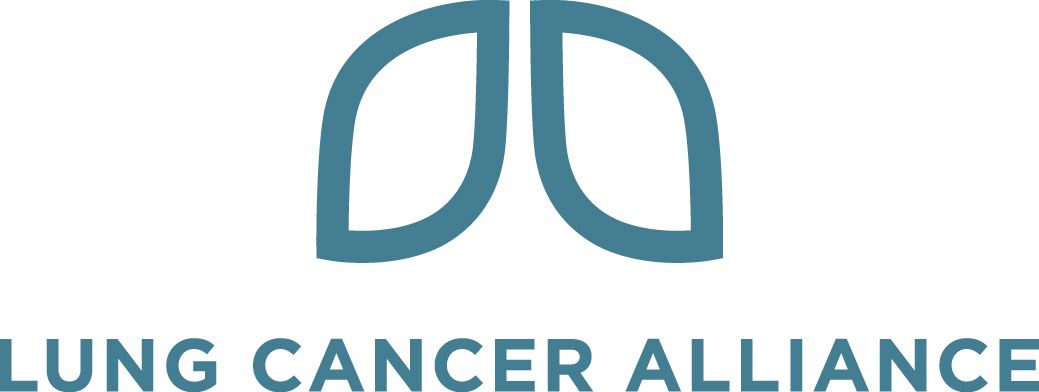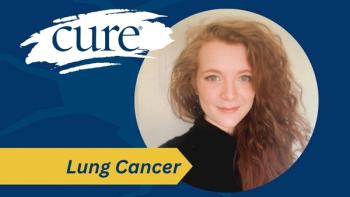
- Lung Special Issue (2)
- Volume 2
Overcoming Obstacles to Adherence

These expert tips can help ensure that treatment plans are followed.
“HOW AM I GOING to make my appointments?” “How will I pay for my treatment?” “How can I remember to take my medications?”
FINANCIAL WORRIES
Those are among the common questions that arise after a patient with cancer, working with their health care team, decides on a treatment a plan. A nurse or social worker can provide many of the answers and assist with overcoming obstacles. Other resources also help, depending on individual needs and treatment plans.
TRANSPORTATION ISSUES
Money-related concerns are often the biggest hurdle to treatment. The Bonnie J. Addario Lung Cancer Foundation’s 2017 focus group research findings showed that more than half of patients surveyed agreed that the cost of care delayed or prevented treatment. If this a concern, a person should talk openly with their health care team and ask what programs might be available. National organizations, such as Patient Advocate Foundation, CancerCare and Nancy’s List, may also be helpful.
AT-HOME MEDICATIONS
Many patients with lung cancer have trouble getting to doctor’s and treatment appointments. This is especially true for patients in rural areas. Patients can begin by asking family and friends or their place of worship for help. Options in cities include Uber, Lyft, paratransit services and other local ride-share programs. Some Medicaid programs offer transportation support, and hospitals might provide gas cards to help cover that expense. The American Cancer Society offers Road to Recovery, a no-cost service that takes patients to and from treatment, and may offer lodging options if a patient must receive treatment far from home. A social worker can discuss available transportation options.
Oral medications are now available for some patients with lung cancer. This at-home therapy offers greater convenience and control than receiving treatment at a hospital or doctor’s office but presents its own set of challenges. The biggest and most pressing concerns involve remembering to take the medication at the right time and getting refills before the medication runs out.
Several memory tricks and tools can help an individual remember to take their medication as directed:
• Make it part of an established routine. For example, if a medication must be taken in the morning with food, a person should keep the bottle where they prepare or eat breakfast, such as near the coffeepot or toaster. Another convenient spot is on top of a cellphone. If medication is needed before bed, the bottle might be kept next to a toothbrush or on a bed pillow. Before long, taking the medication will be incorporated into another routine. Be mindful of small children and pets if using this method.
• Set a reminder on a device, such as an alarm clock or smartphone. Amazon’s Alexa cloud-based voice service can announce a daily reminder to take medication at a specific time. There are also many smartphone apps designed for this purpose.
• Seek help from others. Ask a friend or family member to call or text every day at a certain time. Some pharmacies, insurance plans and pharmaceutical companies offer reminder services; a nurse, social worker or pharmacist can advise patients regarding available programs.
• Write it down. People who prefer a pen-and-paper approach can add “take medication” to a daily to-do list or mark an X on a calendar after taking medication.
• Place medications in Bubble Wrap packets or a pillbox. These can both offer a reminder and verify that the medication was taken.
SIDE EFFECTS
A combination of methods is ideal. It’s easy to overlook or forget a reminder when it can’t be acted on immediately, so having at least one backup can close any gaps.
FURTHER HELP
Anticipating and managing side effects can also prove challenging. Before beginning treatment, an individual must fully understand common side effects, how to manage them and when to call the clinician’s office. Because this information is so important, a friend or family member should act as an extra set of ears and eyes, accompanying the patient to office visits or, if that’s not possible, listening in via videoconference or by phone. Even better: recording the visit so that the audio can be played when questions arise later.
The Bonnie J. Addario Lung Cancer Foundation focuses on patient empowerment and education. The foundation offers many resources to help patients and their families during active treatment and beyond, including the handbook “Navigating Lung Cancer: 360° of HOPE” (lungcancerfoundation. org/handbook/), monthly education and support sessions that can be joined in person or via YouTube or Facebook, and a patient services team that can discuss treatment options, second opinion referrals and financial resources. For more information, email [email protected] or visit lungcancerfoundation.org.
KIM PARHAM, BSN, RN, is the senior manager of Patient Navigation and Clinical Program Development for the Bonnie J. Addario Lung Cancer Foundation. Parham has been a nurse for over 30 years practicing as a navigator and systemwide cancer support director.
Articles in this issue
about 7 years ago
Stronger Where Brokenabout 7 years ago
Chemotherapy May Cause Early Menopauseabout 7 years ago
Alive & Kicking: Managing Cancer's Side Effectsabout 7 years ago
Targeting Innovation in Small Cell Lung Cancerabout 7 years ago
A Breath of Fresh Air for Advanced Lung Cancer



